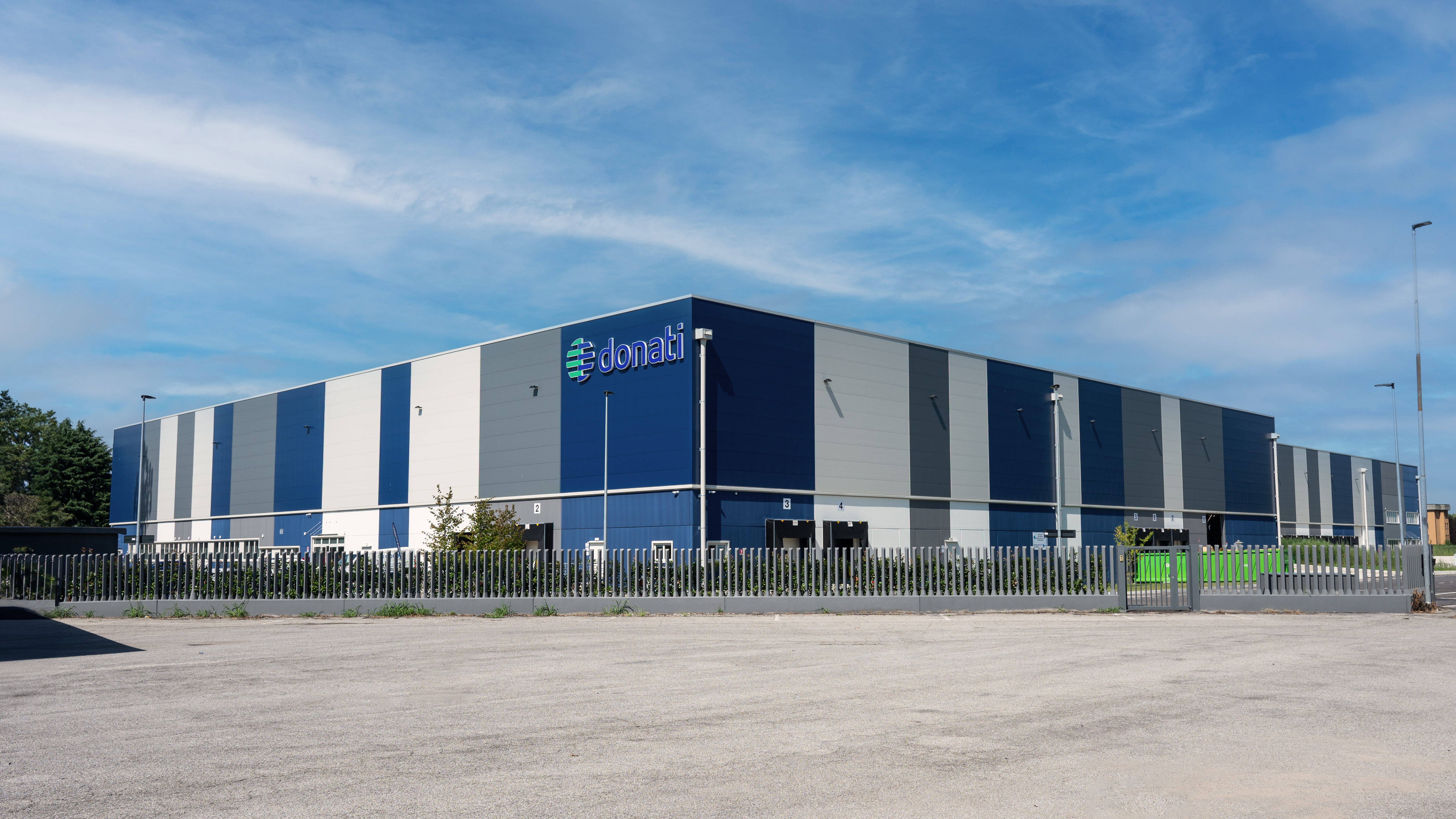Safety as a crucial pivot in the elevator industry. We spoke to Alessandro Cattelan, CEO of Donati, Europe's leading distributor of elevator and escalator components with over 16,000 items in stock.
Mr Cattelan, how is demand evolving in the light of current socio-economic changes?
The unstable situation in global markets, due to conflicts, geopolitical and economic changes, has also had an obvious impact on the world of people-lifting equipment. The world's number one market for elevators, China, is suffering from the real estate crisis, which is having an impact on equipment and component manufacturers who are seeing revenues in the domestic market fall by from 30 to 50%. The resulting search for new markets to absorb unused production capacity is leading to a slow but steady penetration of the Middle Eastern and European markets. Made in Italy, which has always been recognised for its high quality and excellent quality/price ratio, could potentially suffer as a result, as it will have to reckon with a European economy that is not particularly bright and a greater openness of Middle Eastern players towards products from the Far East. It will be crucial to continue investing in innovation and in the optimisation of production processes, so as not to be dragged down the slippery slope of the price war.
What are the emerging trends in the safety sector?
The safety parameters are well defined by the reference standards, in particular EN 81:20 and 81:50, which also form the core of ISO 8100-1 and 8100-2 by which they will be progressively replaced from 2026. For the first time, the same standard will be global, being adopted by several countries outside the EU, including China.
The most interesting safety devices from a future perspective, although already outlined in EN 81:20 and 81:50, include the so-called Pessral (Programmable Electronic Systems in Safety Related Applications for Lifts). These are electrical and electronic devices, typically connected to the control panel, that meet Sil (Safety Integrity Level) requirements in line with the IEC 61508 standard.
These devices can be an effective alternative to existing mechanical or electromechanical safety devices and, although currently mainly adopted in the plants of multinationals, they are destined to become more widespread in the future.
What are you focusing on in the light of the changing context?
Our company's target market is mainly maintenances and modernisations. We find the area of predictive maintenance particularly interesting, as it is well-suited for new plants with sensors connected to integrated panels. However, it remains a largely unexplored opportunity when it comes to the installed base of older systems. Our subsidiary Uberlift has developed Sen6, an IOT system with an autonomous, connected, multi-sensor device managed via an online platform with machine learning for data interpretation. The application is capable of mapping a baseline of plant operation and detecting any deviations that could indicate a deterioration in functionality thus proactively triggering targeted maintenance to prevent system downtime.





